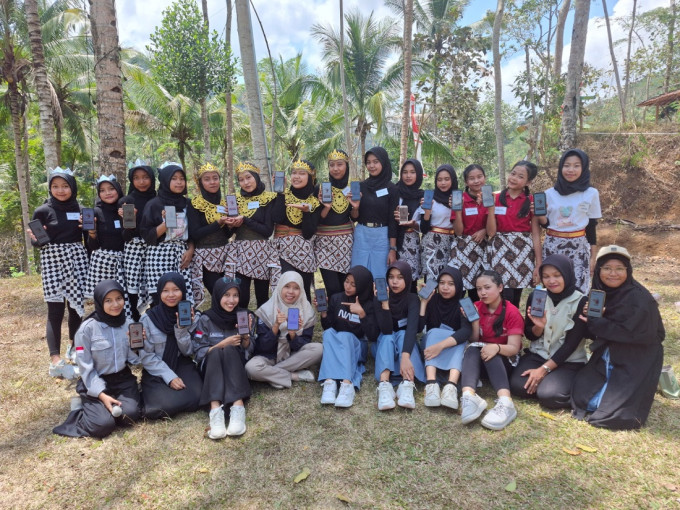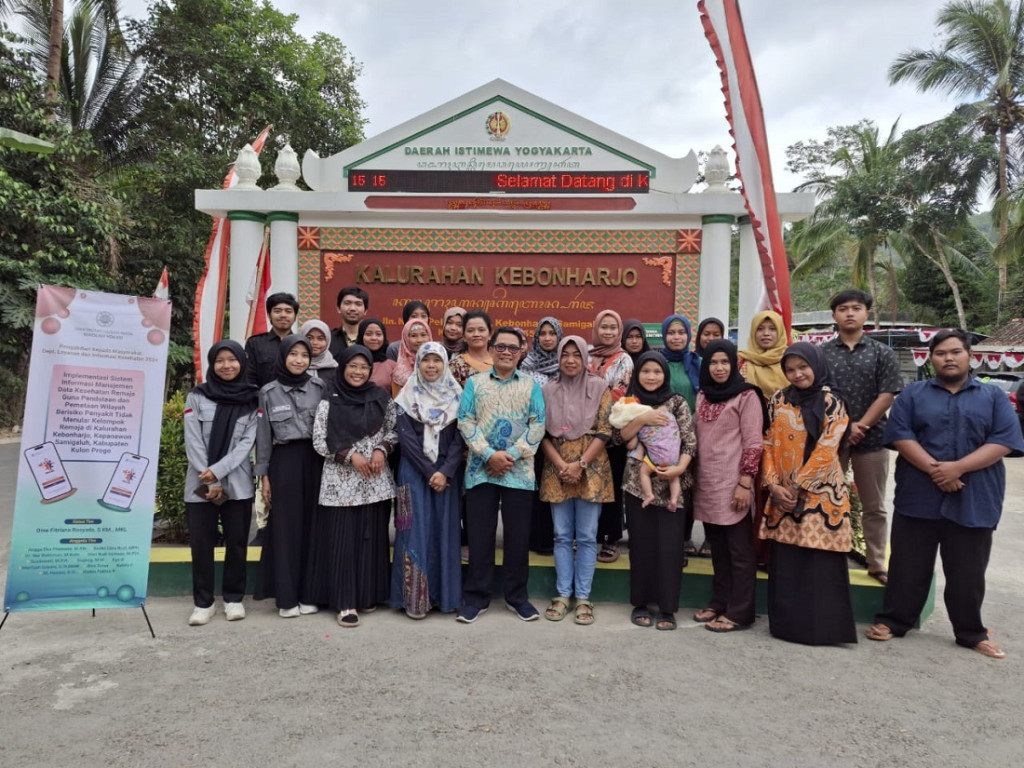
The incidence of Non-Communicable Diseases (NCDs) among adolescents is increasing, with risks such as anemia, diabetes, hypertension, and even impaired lung function due to smoking, primarily driven by unhealthy lifestyles.
Adolescence is a critical period leading to mature adulthood.
“Especially for young women, experiencing anemia during adolescence poses significant risks later in life. If they eventually marry, get pregnant, and give birth, their babies are at a higher risk of stunting because their health was neglected during their teenage years,” said Dina Fitriana, a Health Information Management lecturer at UGM Vocational College (SV UGM), on Wednesday (Oct. 2).
Fitriana and her team developed and implemented the Adolescent Health Data Management Information System application, abbreviated as SiMandja, to address the rise of NCDs among adolescents.
Fitriana explained that the application can be installed on the smartphones of adolescents and their caregivers. Participants simply need to register online through the app.
“Health checks are conducted in turns, and the results are recorded in the app, allowing the electronic recap to be accessed by the adolescent health care coordinators,” Fitriana said.
The application is currently used by adolescents in Kebonharjo, Samigaluh, Kulonprogo, Yogyakarta Province.
It aims to involve teens in becoming a healthy generation free from NCDs by actively participating in the posyandu remaja (youth-integrated health services).
“We started with the introduction and training on using the SiMandja app, attended by all the coordinators of Posyandu Remaja Pramahayu and youth health volunteers from each village in Kebonharjo,” Fitriana added.

She revealed that this community service initiative in Kebonharjo is driven by the high number of stunting cases in the area. In addition, early marriages among teenagers are common in the village.
“Many of these teens are not physically and mentally prepared for marriage, resulting in children born with stunting,” she explained.
Furthermore, manual data recording and management at the posyandu remaja have made it challenging to manage adolescent health information properly. Thus, this program targets the youth and their caregivers to address this issue.
“This community service program aids in recording and mapping NCD risk cases among adolescents through the SiMandja application and promotes NCD prevention through a ‘Cerdik’ exercise competition,” she noted.
Implementing this program also involves alumni and a team of students from the Health Information Management Study Program at SV UGM.
Author: Agung Nugroho

